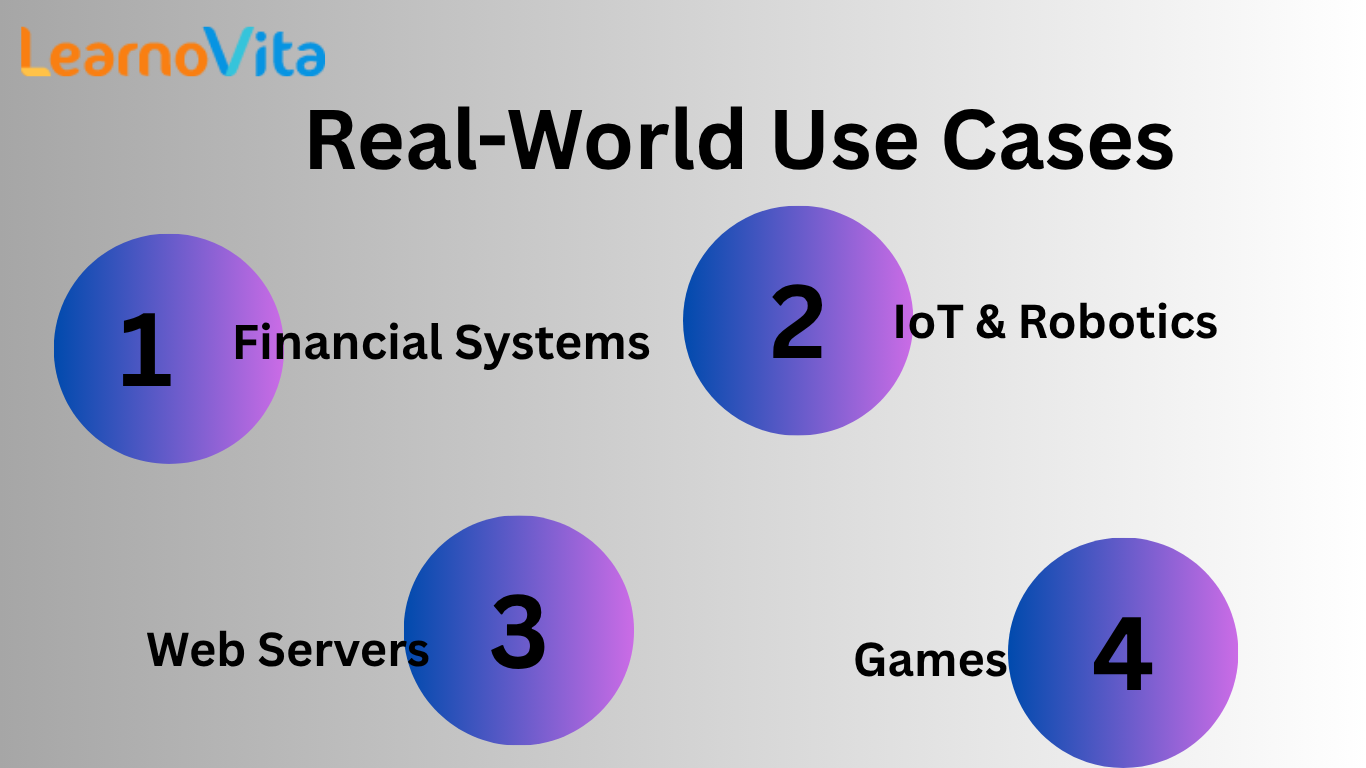Java Multithreading Demystified: Powering High-Performance Apps
Java Multithreading Demystified: Powering High-Performance Applications delves into how Java's multithreading capabilities empower software to execute multiple tasks in parallel, boosting efficiency, responsiveness, and scalability key traits for modern, performance-focused systems are in Java Chennai Location.

What is Multithreading in Java?
Multithreading is a technique that enables a program to run multiple threads independent paths of execution simultaneously. Java natively supports this through the Thread class and Runnable interface, allowing developers to perform concurrent operations without stalling the main application flow.
Why Does Multithreading Matter?
- Enhanced Performance – Run tasks like file I/O, data processing, or network operations concurrently.
- Efficient CPU Utilization – Leverage multi-core processors to their full potential.
- Increased Responsiveness – Keep user interfaces and services smooth and interactive under load.
- Asynchronous Tasks – Perform background jobs like logging, monitoring, or backups without disrupting primary operations.
Core Concepts in Java Multithreading
- Thread Lifecycle: Threads transition through states—New → Runnable → Running → Blocked/Waiting → Terminated.
- Creating Threads:
Java
Thread t = new Thread(() -> {
System.out.println("Running in a thread!");
});
t.start();
- Synchronization: Used to maintain consistency when multiple threads access shared resources.
Java
synchronized (sharedObject) {
}
- Executors and Thread Pools: Manage thread creation and reuse efficiently.
Java
ExecutorService executor = Executors.newFixedThreadPool(5);
executor.submit(() -> doTask());
Real-World Applications
- Web Servers – Handle numerous simultaneous client connections.
- Gaming Engines – Separate threads for rendering, logic, and sound processing in Best Software Training Institute.
4
- Financial Applications – Enable real-time market data updates and analysis.
- IoT & Robotics – Process multiple sensor inputs and control commands concurrently.
Best Practices for Effective Multithreading
- Prevent thread leaks and avoid race conditions.
- Favor Executor Service over manual thread management.
- Use thread-safe collections like Concurrent Hash Map.
- Continuously monitor thread usage and performance.
Final Thoughts
Multithreading in Java is a cornerstone for building high-performing, scalable applications. While it demands careful planning and synchronization, the performance gains and responsiveness it delivers make it an essential tool in any Java developer's arsenal.

We are excited to announce the **launch of the Sharkbow Marketplace!** 🎉 Now you can:
- 🛍️ List and sell your products – Open your own store easily.
- 📦 Manage orders effortlessly – Track sales and communicate with buyers.
- 🚀 Reach thousands of buyers – Expand your business with ease.
Start selling today and grow your online business on Sharkbow! 🛒
Open Your Store 🚀 ✖🚀 What Can You Do on Sharkbow?
Sharkbow.com gives you endless possibilities! Explore these powerful features and start creating today:
- 📝 Create Posts – Share your thoughts with the world.
- 🎬 Create Reels – Short videos that capture big moments.
- 📺 Create Watch Videos – Upload long-form content for your audience.
- 📝 Write Blogs – Share stories, insights, and experiences.
- 🛍️ Sell Products – Launch and manage your online store.
- 📣 Create Pages – Build your brand, business, or project.
- 🎉 Create Events – Plan and promote your upcoming events.
- 👥 Create Groups – Connect and build communities.
- ⏳ Create Stories – Share 24-hour disappearing updates.
Join Sharkbow today and make the most out of these features! 🚀
Start Creating Now 🚀- Art
- Causes
- Crafts
- Dance
- Drinks
- Film
- Fitness
- Food
- الألعاب
- Gardening
- Health
- الرئيسية
- Literature
- Music
- Networking
- أخرى
- Party
- Religion
- Shopping
- Sports
- Theater
- Wellness
